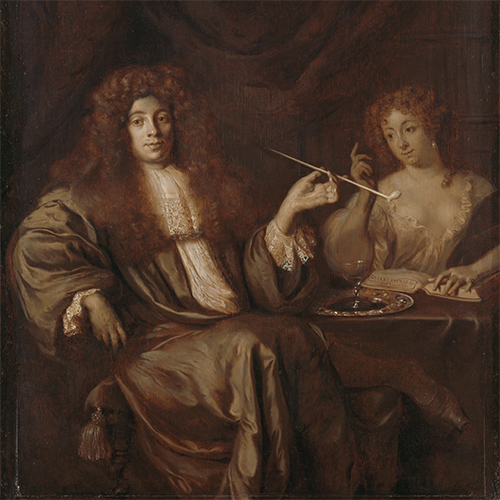The Self-Promotion of a Libertine Bad Boy
Hadriaan Beverland’s Portrait with a Prostitute in the Rijksmuseum
DOI:
https://doi.org/10.52476/trb.9764Abstract
The Rijksmuseum in Amsterdam owns one of the most curious portraits ever made in the seventeenth century – the likeness of the Dutch classical scholar and notorious erotomaniac Hadriaan Beverland (1650-1716), who was banished from the Dutch Republic in 1679 because of his scandalous publications. In the portrait – a brunaille – the libertine rake sits at a table with a prostitute; a provocative scene. Why did this young humanist promote such a confrontational image of himself? In this article the author analyses the portrait and explores Beverland’s motives for his remarkable manner of self-promotion, going on to argue that it was the starting point for a calculated campaign of portraits. Over the years Beverland commissioned at least four more portraits of himself, including one in which he is shown drawing the naked back of a statue of Venus. Each of his portraits was conceived with a view to giving his changeable reputation a push in the right direction. They attest to a remarkable and extraordinarily self-assured expression of identity seldom encountered in seventeenth-century portraiture.
Downloads







